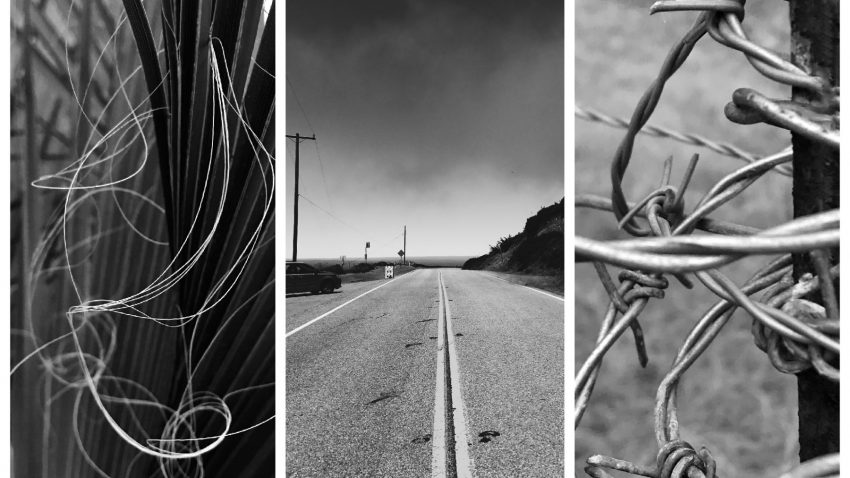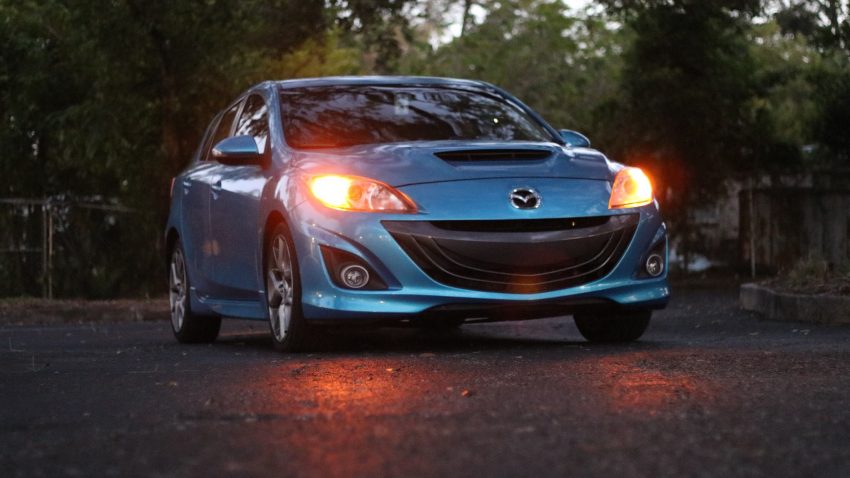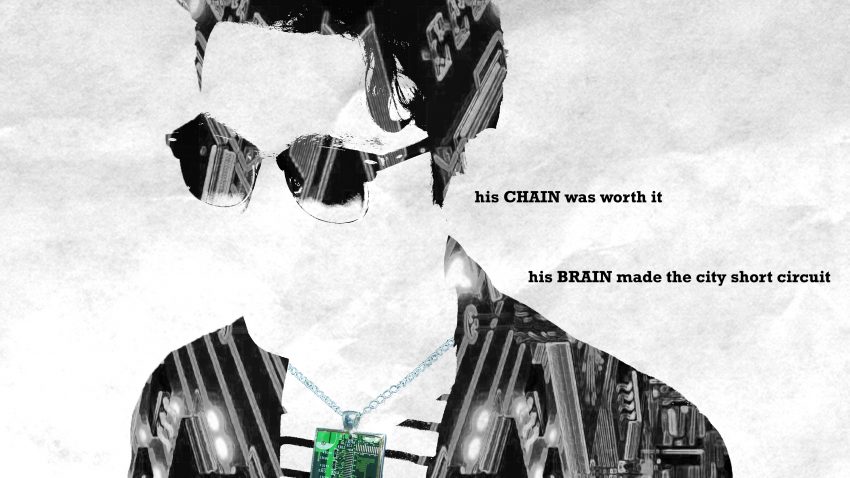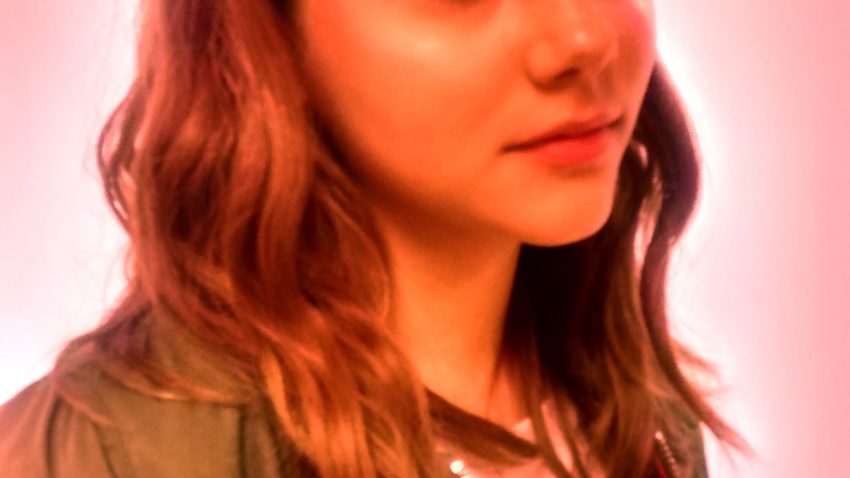By Lenaia Powell
Want to go into art or graphic design after high school? Believe it or not, photography is probably your best bet to get exposure to it all. It is commonly misunderstood that photography doesn’t count as a form of art, but as the two teachers of the different classes at Apopka High— Mr. Chabot and Ms. Palmer— have proven, taking pictures and the method behind it is just as influential as any amount of pictures that can be created by hand.
Mr. Chabot, the digital photography teacher, shared what his class contains. “…We mostly focus on main elements of art that you can translate through any medium like painting or drawing and presenting that through photography because I think a lot of people don’t realize that photography is just another form of creating. You’re not always just capturing photography, it takes a lot of control so my main focus is not just those basics of art but how to control your own photography too.” Ms. Palmer has a different set of skills to teach, “We cover portraiture, photoshop, we just did multiple perspectives.”
I had the privilege of experiencing a brief example of the content in Chabot’s class, he was instructing his students on how to edit a photo of Boba Fett to make green pop by removing the background colors and changing some parts of his uniform to a green that they previously weren’t. The students had been doing a project where they had to take ten photos, each of which under a different category, and all focusing on the same color. I gained a deeper understanding of what the class entails this way. I also got to see a small portion of Ms. Palmer’s 2D Art class, where the students were all independently working on drawings and paintings. This prompted the question, does 2D Art relate to creative photography? “Absolutely,” said Palmer, “you still have to follow the elements and principles of art in photography as well as in drawing.”
But there are some pretty prominent differences between the two classes, as both of the teachers had their own interpretations of what sets their class apart from the other. “Creative photo is supposed to be more art-based and there’s supposed to be more mixture between photography and two-dimensional art, whereas digital photo focuses more on actual photography,” said Palmer. Chabot provided information on how the digital aspect of the activity is more than just the pictures themselves, but making them look better even after the picture is taken. “So digital photography is focused more on the graphics side of things and being able to create things on the computer that are used on computers, in other words, you are creating— let’s say [on] Photoshop or Dreamweaver or something— you’re creating a banner ad that’s gonna be used on a website. Well, that’s not something you would learn in creative photography, where you are learning to use a camera whether its film or digital, you’re not always that focused on graphics. Basically, graphics is what you call the creation of digital art. It’s a wider spectrum of what I get to teach.”

Probably the best thing about these classes, however, is the fact that the students already taking it are talented and well-behaved. This makes the teachers happy, meaning your learning experience can only prosper. “I’ve actually had one of the best group of kids I’ve ever had. Very dedicated, very well behaved and generally seem interested— and that’s the biggest thing— just able to get students interested is the best,” Chabot expressed, showing his undeniable passion for teaching. Not only are his students interested, they are extremely talented, which he acknowledges, “I enjoy the students that actually do their work. [turns to class] Hear that everybody? *laughs* No, I enjoy a lot of the students who are better at photography than I am. I was never super good at photography but I know how to do things, so being able to teach students the skill and see them do better with the end product than I could do is always really cool.” Some of the photos that he refers to are shown throughout this article.
Palmer is having a similar experience, which is a positive way to start her first year teaching. “It’s cool to see their work when it comes out, I’ll give them a basic idea and then they run with it and some of them turn out amazing.”
That passion has been prominent for much longer than just their careers as teachers though. “I do enjoy it, I have done it for a long time. Personally, I have only taught it this year, so, I enjoy it,” Palmer said. “I got into photography when I was in high school ’cause I had a really good teacher, so that’s part of why I went through with it,” Chabot added.
If you’re currently a freshman and are interested in joining photography next year, there is still a chance get in, although maybe you should consider waiting until junior year. “Yes, it is open to underclassmen, I have a couple of underclassmen in here. I would say that it’s more important to start with two-dimensional art before going into creative photo because you have to learn the basics, but anyone can do it as long as they take time to learn it,” said Palmer. Chabot also had some opinions on why upperclassmen fit better for the class, “It’s mostly upperclassmen because it’s a high demand class, so they get priority, but that’s a good thing in the end because they’re also a little bit more mature, but yeah. It’s mostly juniors and seniors.”
Maybe photography isn’t for you, but the people who teach it are certainly worth learning from. Mr. Chabot hopes to teach AP studio art next year in addition to photography, and it seems that Ms. Palmer will continue with 2D art and creative photography, so maybe you’d like to talk to your guidance counselor about changing the electives you marked off for next year.
